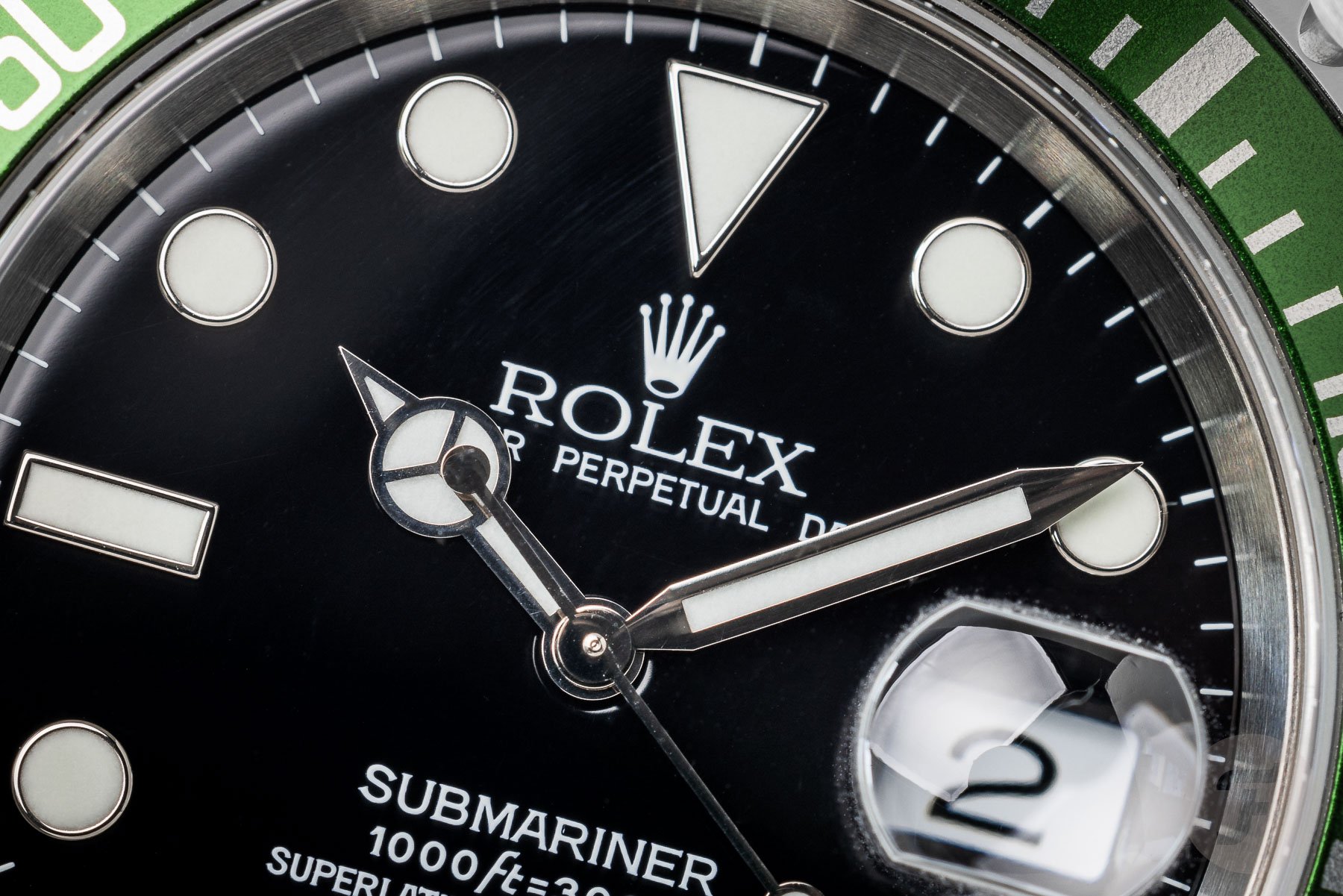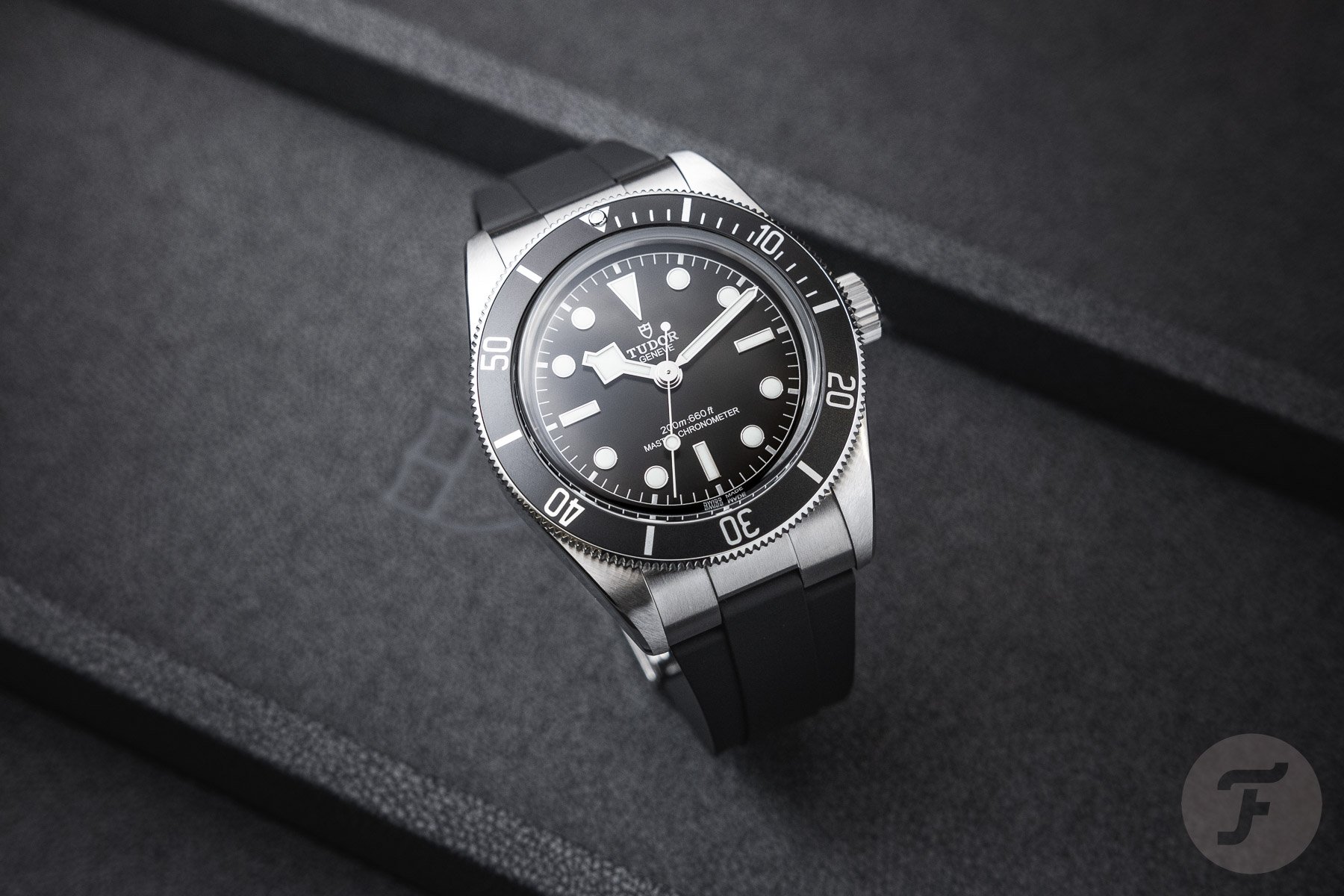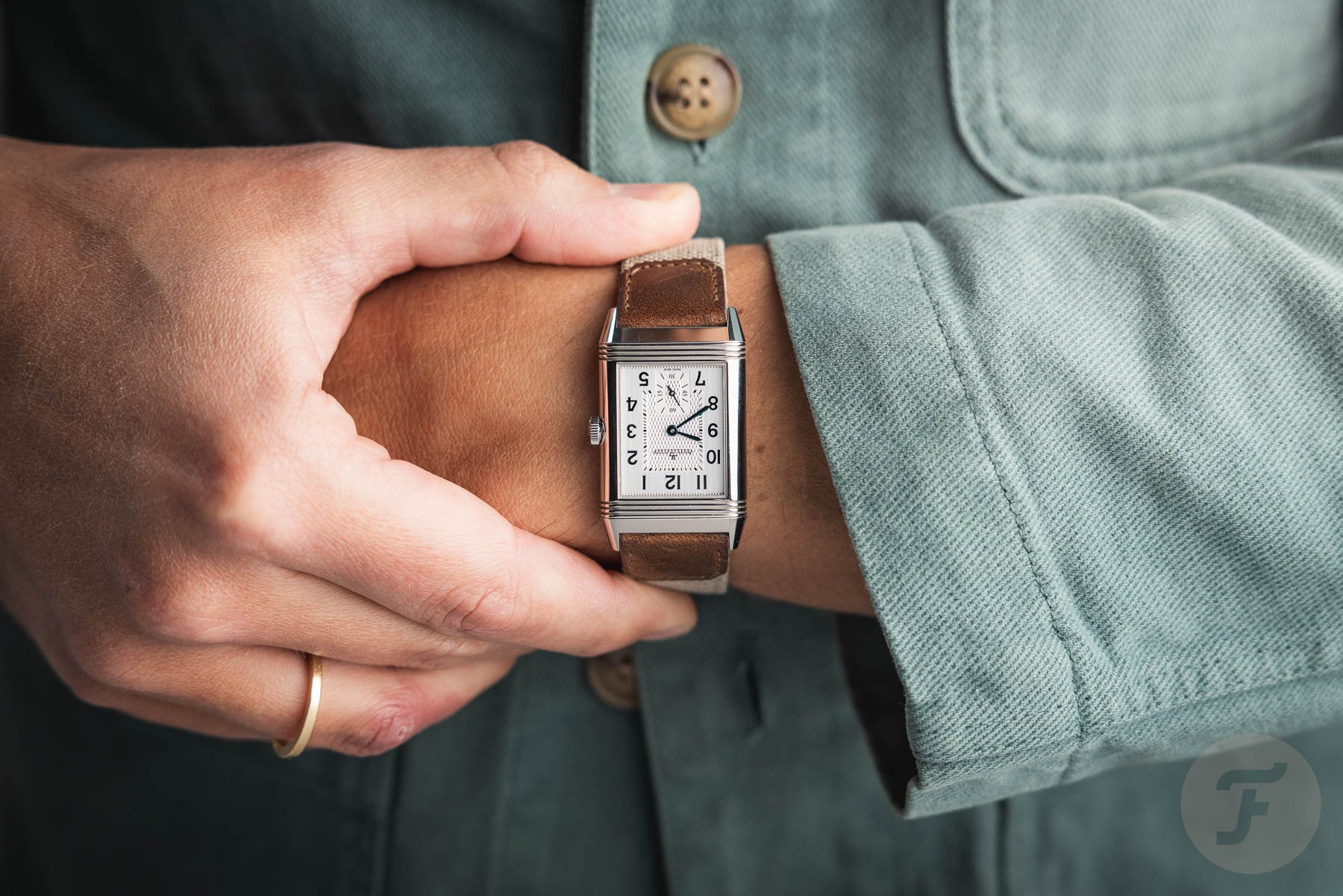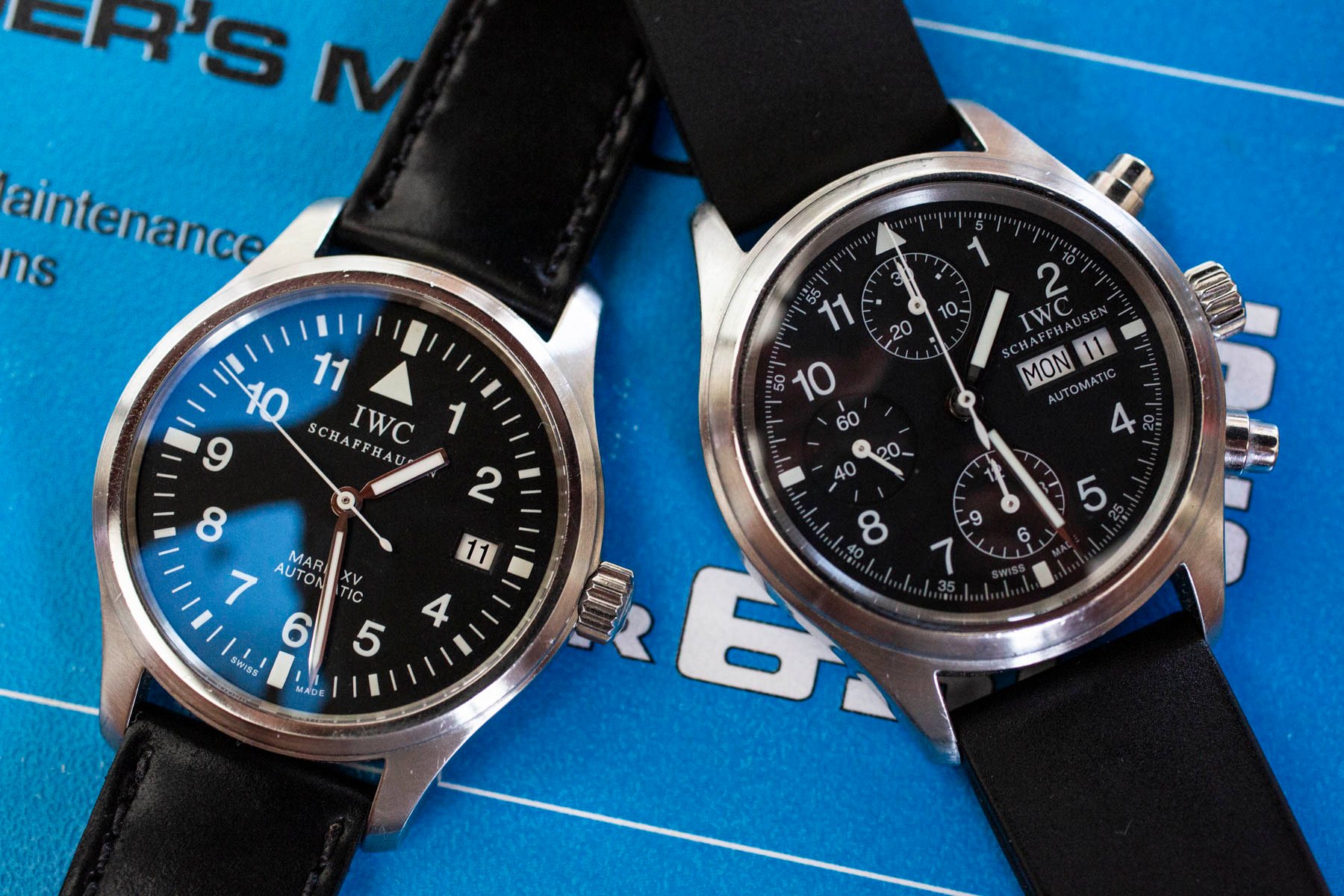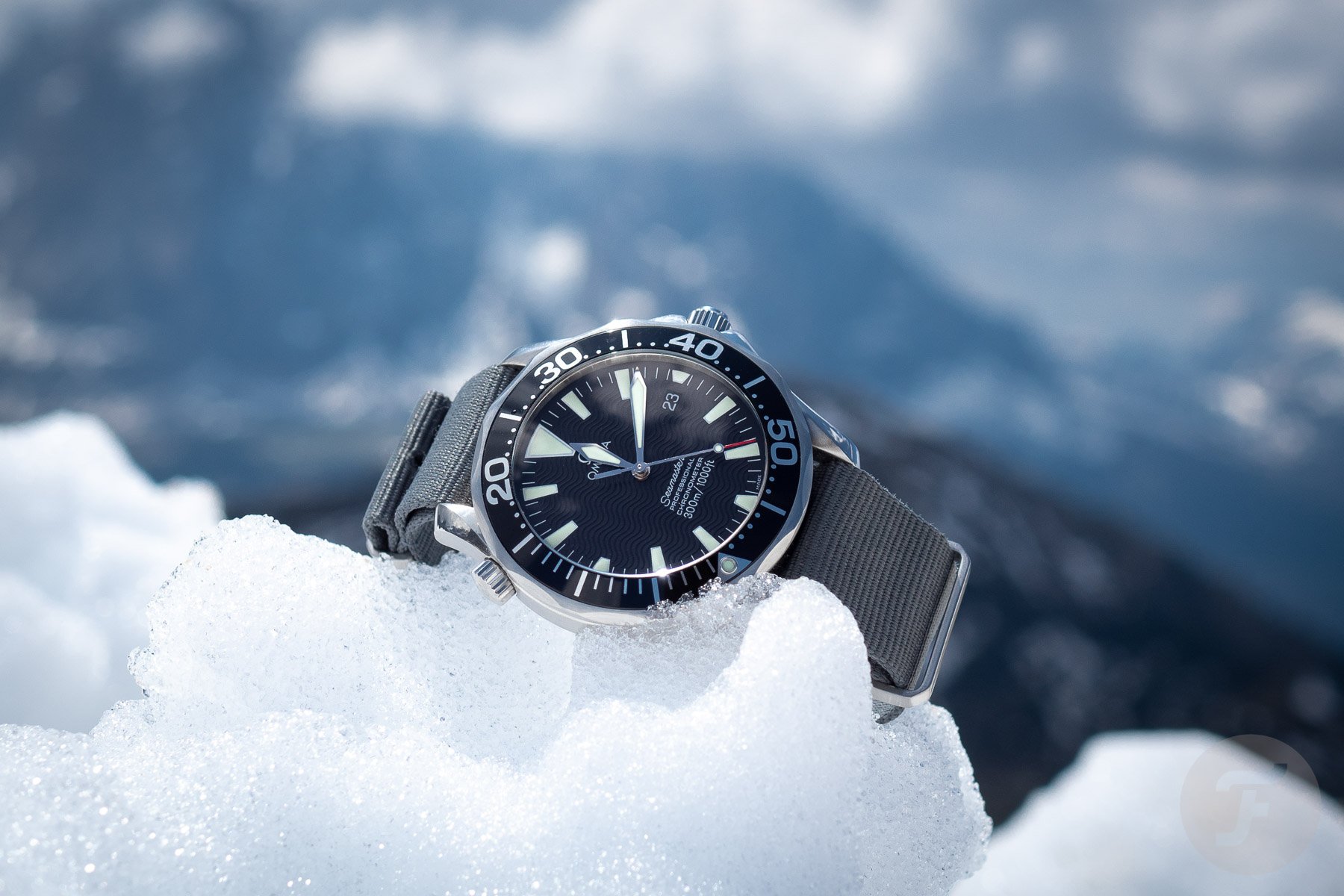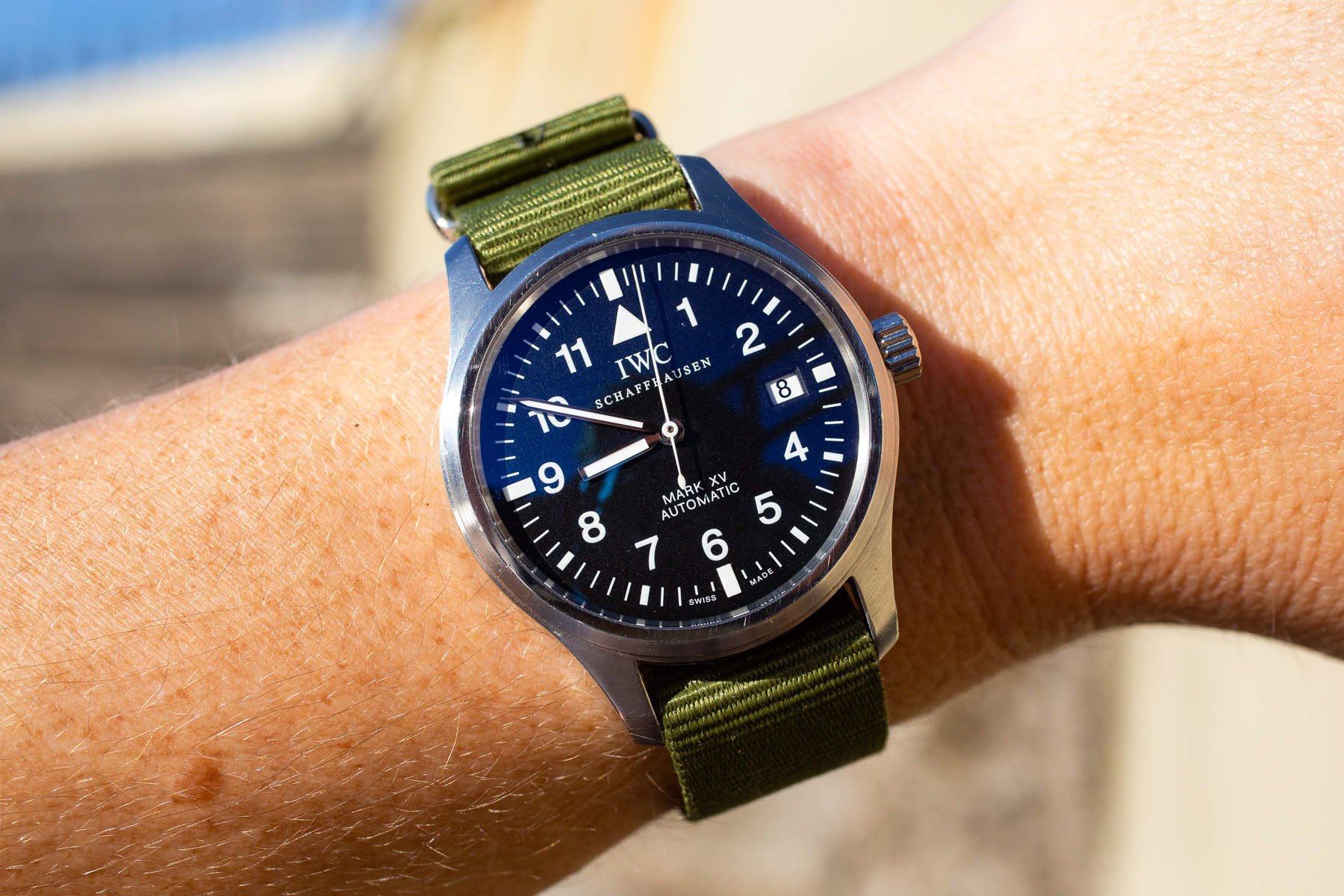Are Rising Watch Prices Changing The Playing Field For Enthusiasts?
Value-oriented brand Tudor is a case study of how quickly the landscape is changing in the watch world. We can find solace in this notion through the cautionary tale of one 18th-century philosopher and wonder if rising watch prices might come with a silver lining.
In late 2020, I got a phone call that had me very excited. Back then, I was still pretty new to the watch hobby. I would say I was “watch curious” for years before, but 2020 was the year I started reading watch publications. I also began to investigate the fascinating histories of various watch brands online. In the four years since then, we have seen a significant price shift across the watch industry. For some, this is a negative development as it might price them out of brands they had a strong interest in. However, as I argue today, price increases are also a positive opportunity.
How it started
My fascination with watches and their makers’ histories would start me on a journey that landed me where I am today, a contributing feature writer for one of the world’s leading watch publications. I was excited by that 2020 phone call because it was a watch seller in Sydney letting me know I had the opportunity to purchase a Tudor Black Bay 58 in navy blue. At the time, it was AU$5,000 (€3,430) on the bracelet. If I were to buy that same watch today, I’d be paying about 19% more, or €4,070. This is one of the more moderate examples of rising watch prices out there.
Price creep with Tudor is an interesting example because it was not all that long ago that you could pick up a new Tudor on a bracelet for under €3,000. In 2014, Tudor’s Heritage Ranger retailed for €2,800 on a bracelet. Sure, it had a modified ETA 2824 movement rather than an MT-series caliber. But it also had a wonderfully textured dial, plenty of luminescent material, a 150m-water-resistant case, and a solid bracelet. In 2022, Tudor, to its credit, managed to release the updated version with an MT-series movement for nearly the same price of €2,860 (it’s €3,370 today). The brand has followed up with a strong showing at this year’s Watches and Wonders, including a mid-sized GMT and a monochromatic Black Bay.
Watch prices keep rising
Despite the example of the Tudor Ranger, since my heady and enthusiastic days four years ago, watch prices have, on the whole, risen. We’ve seen this much more with some brands than others as well. This unsteady rise, based on brands or even specific model lines, is a pin to the balloon of the theory that these prices are wholly due to inflation. That explanation simply does not make sense. This came to a head in the last couple of years, which, as my colleagues have noted, really saw sharp increases across many brands.
Given this ongoing discussion on watch prices, I want to draw your attention to an 18th-century philosopher. Denis Diderot (1713–1784) was a Renaissance man in the true sense of the term. An art critic, writer, and co-founder of France’s Encyclopédie, ou dictionnaire raisonné des sciences, des arts et des métiers (in English, Encyclopedia, or a Systematic Dictionary of the Sciences, Arts, and Crafts), he had many talents. But it is his foray into philosophy that draws him to our attention today. What has this got to do with watches? Read on.
Diderot’s dilemma
The reason I am talking about Denis Diderot is because of a phenomenon he identified that has since become known as the “Diderot effect.” He first acknowledged it in his 1769 essay “Regrets on Parting with My Old Dressing Gown.” It recounts the author’s experience of how getting a beautiful scarlet dressing gown as a gift and discarding his old one led him into a spiral of debt. While he was initially happy to have received the gift, Diderot came to regret it. This was because, compared to his new dressing gown, the rest of his humble possessions began to feel gaudy and cheap. Thus, he began to consume, consume, and consume some more.
Diderot replaced an old straw chair with an armchair covered in Moroccan leather, a desk with a pricey new writing table, and so it continued: “I was the absolute master of my old dressing gown,” Diderot said in his essay, “but I have become a slave to my new one … Beware of the contamination of sudden wealth. The poor man may take his ease without thinking of appearances, but the rich man is always under a strain.” And so Diderot identified the phenomenon that acquiring a new luxury possession can lead to a spiral of consumption that results in the acquisition of even more. If we replace the word “possession” with “luxury watch,” you will see where I am going with this.
Are we frogs on the boil?
Have you ever heard the story of the frog in the water being brought to a boil? If you put a frog in boiling water, it’ll jump out straightaway (with my sympathies to the frog). But the story claims that if you place one in room-temperature water and slowly bring the heat up to boiling, the frog won’t notice and will be cooked alive. While this story seems to have been debunked, I would argue that the rising prices of watches have some resonance with the experience of the frog in this myth.
The argument is that we, as consumers and enthusiasts, are being conditioned to accept ever-higher prices for watches and price jumps that simply don’t match inflation. Ever-increasing watch prices are something we have discussed here on Fratello, and I encourage you to give that article a read. Amid this situation, we are also facing more and more advanced marketing campaigns designed to make us rue our older timepieces, much like Diderot’s old dressing gown.
An argument for appreciating what we already have
In some industries that sell consumer goods, companies might use a model whereby they say that the old product you bought is out of date or simply not good enough for modern times. Consider Apple products, for example. With frequent updates to Apple’s computer models, the implication is that every few years you’ll be pushed through advertising to conclude that your current MacBook Pro is hopelessly out of date or redundant.
Luxury watch companies have to tread a different path. They can’t easily say that a watch they made in 2015 is no longer good or is redundant. That notion goes against the marketing around build quality, that Swiss watches are built to last, and that there is something timeless about mechanical timekeeping. So instead, they often push the messaging around new specifications, new calibers, or “you should get this new watch model because it has a green dial” (that’s a crude generalization, but you get the idea).
Rising prices create neo-vintage opportunities
This creates immense variety for us consumers, which is great in many respects. Watch companies will bring out different colors, metals, and dials while retaining the essential qualities of the original product. But it also creates a Diderot-effect-like cycle in which we, as consumers, are constantly made to feel out of date.
It is in this milieu of new watch products that neo-vintage and vintage options flourish. Take Fratello Managing Editor Nacho’s Omega Seamaster 300M ref. 2254.50.00 as an example. It is a fantastic and great-looking watch that does 95% or more of what a current Seamaster can do (and, I would argue, looks better doing it). The push by watch-company behemoths to buy more, more, and more is as much an opportunity to look further afield in the used market for something that scratches that itch as it is an opportunity to consider new watch models. Another example I’ll mention here is the IWC Mark XX. It’s a great watch, no doubt, but some fantastic versions preceded it and are available for less on the used market, including my favorite, the IWC Mark XV, with its sleeker design and better handset.
Price increases create opportunities to branch further afield
Rising prices don’t just create opportunities for neo-vintage options. They also raise the appeal of existing brands releasing products that haven’t seen the same price increases. Doxa’s recently released Sub 200T line of dive watches represents the shifting sands in today’s watch industry. The Sub 200T on a bracelet with diver extension, solid Swiss-made automatic movement, and iconic design has an asking price of €1,590. Unlike so many other brands out there, Doxa has made a bold decision to inject the iconic DNA of its Sub 300 and Sub 300T lines into a smaller model and dropped the price of entry significantly.
Tudor, on the other hand, keeps raising its watch prices. Clearly, it is positioning itself as a brand chasing the coattails of Omega. This maneuver is opening up the field for brands like Doxa. Consequently, I question whether I am as tempted as I once was to buy brand-new Tudor watches. They occupy a different price category now than they did for so long. Doxa is an underdog, just like Tudor was in the mid-2010s. I would say that the changing field of watch prices and where brands see themselves in price segments are allowing other brands to grow. This doesn’t just apply to Doxa, of course. There’s a whole array of microbrands and lesser-known brands out there too.
Final thoughts
I think there are three broad positive takeaways from rising watch prices. First, neo-vintage options keep becoming more attractive. Second, rising prices open the field up further to underdog watch brands, like Doxa. Finally, it might force us to appreciate what we already have. Let’s avoid turning into Denis Diderot. Be happy with your Tudor Black Bay 58, your Hublot, your Zodiac, or whatever. Savor new purchases when they can feasibly happen, but don’t get sucked into the constant consumerism that marketing would have us believe is what we need to stay relevant in the watch game.
What say you, Fratelli? Are we being conditioned to accept higher and higher prices? And do you feel, as I do, that when the watch world goes a bit nuts over new products, it is an opportunity to appreciate what we already have? Let me know in the comments.


